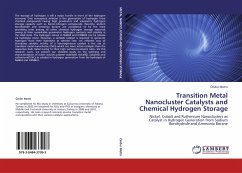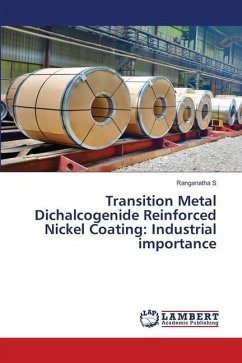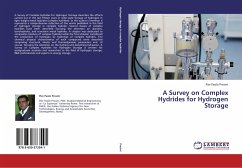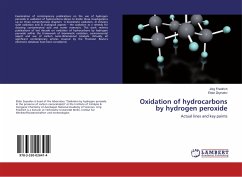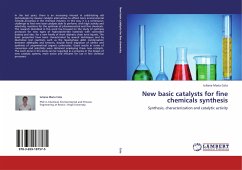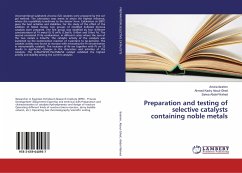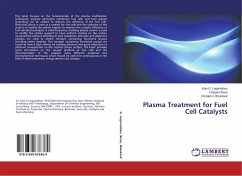The storage of hydrogen is still a major hurdle in front of the hydrogen economy. One conceptual solution is the generation of hydrogen from chemical compounds having high gravimetric and volumetric hydrogen storage capacity such as boron-nitrogen compounds. Recently, sodium borohydride and ammonia borane are considered to be the most promising ones among all other chemical hydrogen storage materials owing to their remarkable gravimetric hydrogen contents and stability in the solid state. The hydrogen stored in NaBH4 and H3NBH3 can be release via hydrolysis route. However, a suitable catalyst is required to generate hydrogen from their hydrolysis at desired rate. An efficient way of increasing catalytic activity of a heterogeneous catalyst is the use of transition metal nanoclusters (NCs) which are more active catalysts than the respective bulk metal owing to their high surface-to-volume ratio. Via this research work, we present our detailed study on the synthesis and characterization of water soluble polymer stabilized nickel(0), cobalt(0) and ruthenium(0) NCs as catalyst in hydrogen generation from the hydrolysis of NaBH4 and H3NBH3.
Bitte wählen Sie Ihr Anliegen aus.
Rechnungen
Retourenschein anfordern
Bestellstatus
Storno

